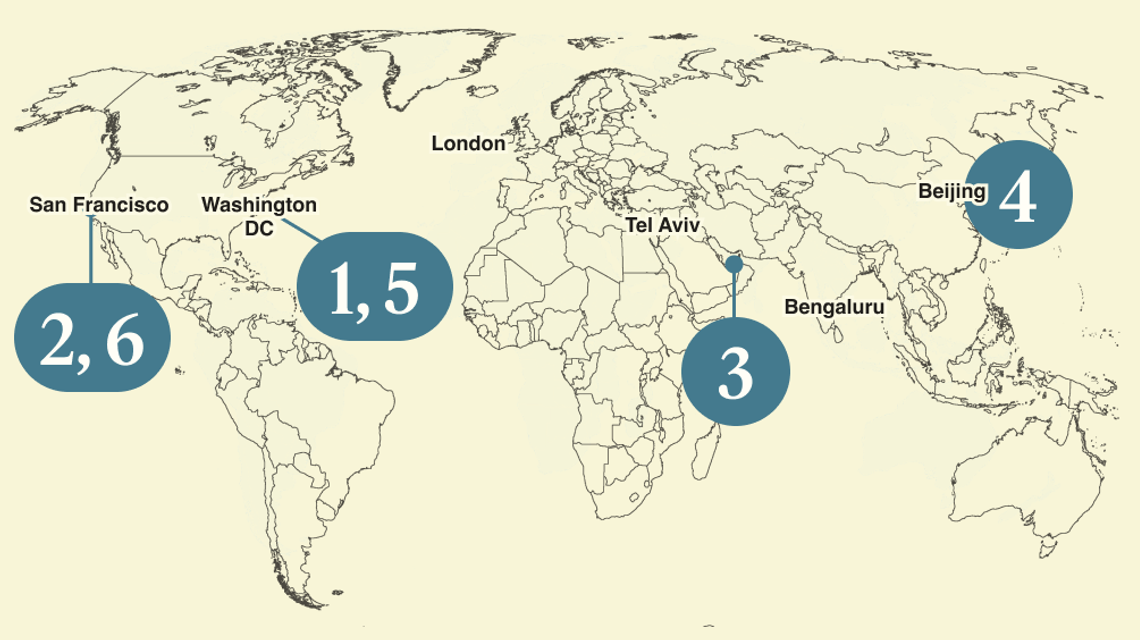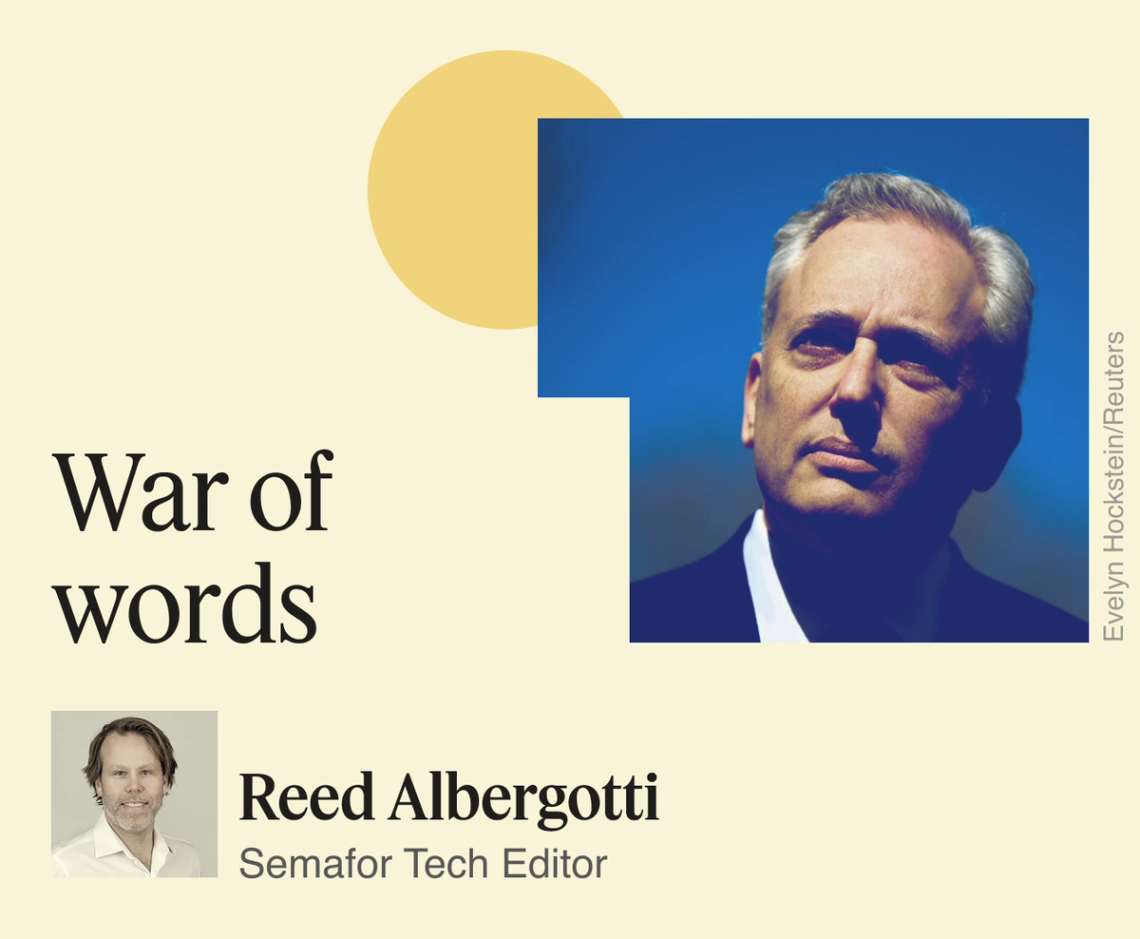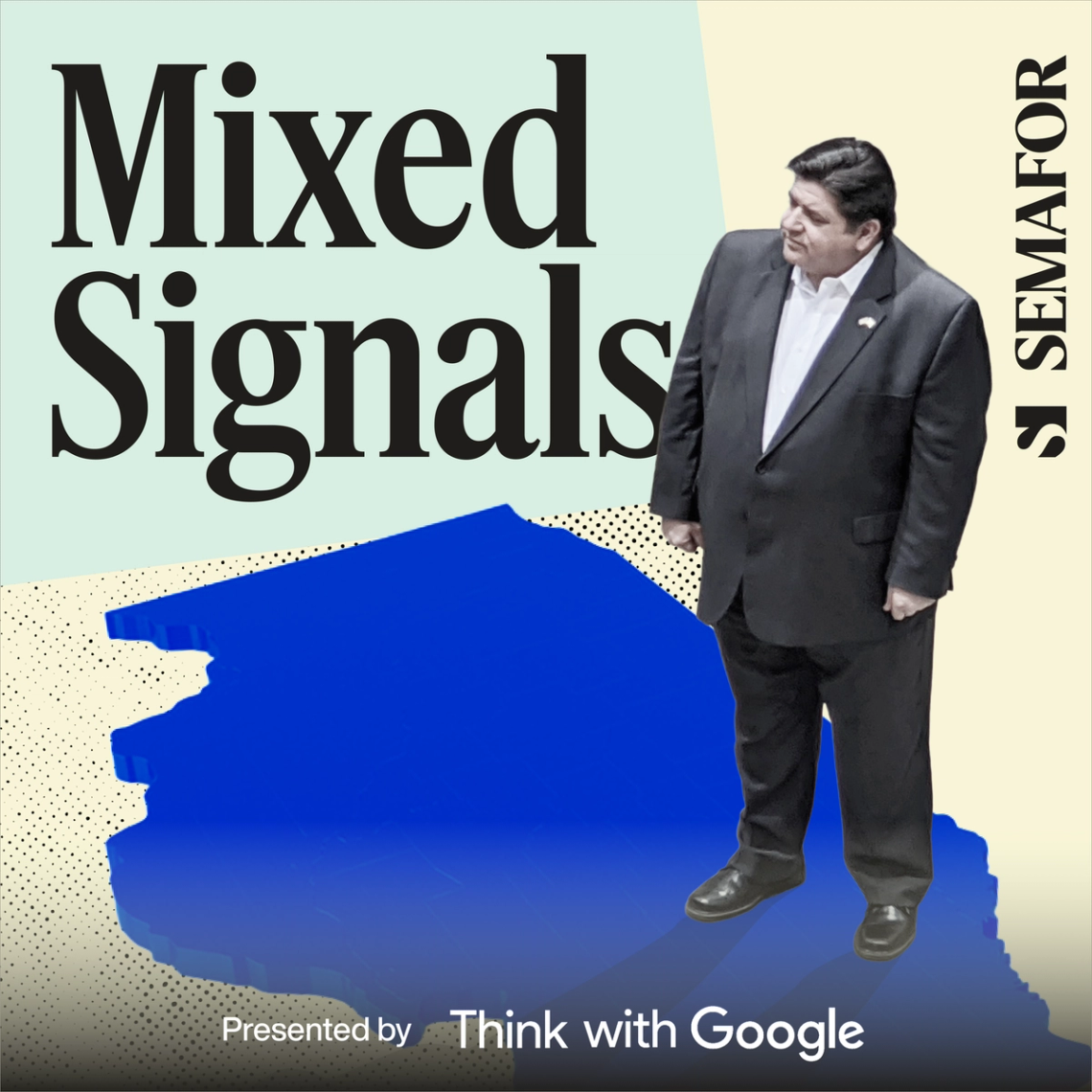| | In this edition, Anthropic’s spat with the White House exposes larger AI safety issues, and OpenAI t͏ ͏ ͏ ͏ ͏ ͏ |
| |  | Technology |  |
| |
|
 - Fast track to the future
- OpenAI reveals all
- An unlikely chips ally
- Rare earth rally
- The great labor debate
- Uber driving drivers
 The spat between Anthropic and the White House goes public, and police warn against online pranks featuring AI-generated home impostors. |
|
 The cold war between Anthropic and the White House broke out into public view this week when White House AI Czar David Sacks attacked Anthropic Co-founder Jack Clark on X, accusing him of concealing a “sophisticated regulatory capture strategy based on fear-mongering.” The core claim: The “AI safety” conversation is a mere commercial tactic by one of the four main US players in the AI race. That’s a convenient line for the accelerationists in the White House and some of the other companies, but my own assessment — based on many years of experience in weighing corporate BS — is that people like Clark and Anthropic CEO Dario Amodei aren’t faking it. This is a real, philosophical divide about the nature of this technology, one that has evolved since it burst out of subreddits three years ago. A concept I find helpful in this context is Moravec’s paradox: Even as AI makes huge leaps in performance with more data and more compute — contributing to scientific discovery, transforming Hollywood, and automating corporate workflows — it continues to have trouble with simple tasks. These very basic mistakes mean that while AI might help us cure cancer, it will still require human supervision for most tasks for the foreseeable future. From Sacks’ point of view, this is a “goldilocks” situation, where all the predictions of AI destroying humanity and replacing most human workers were wrong, and we’re instead seeing gradual improvements and a competitive marketplace primed to enable a wave of innovation. But from Clark’s vantage point (up-close to some of the top researchers in the world), Sacks’ assessment is premature. As its capabilities increase, AI may eventually learn how to better itself, leading to more rapid increases. “This technology really is more akin to something grown than something made,” Clark writes in his essay. “We are growing extremely powerful systems that we do not fully understand.” It’s possible that AI models trained with today’s architecture could continue to improve with scale, but make little progress toward the kind of reliability needed for those simple tasks. In that case, researchers would focus their brainpower on the last hurdles standing in the way of the AI holy grail: predictability and interpretability. Pass those, and you’d find a fundamentally different and much safer kind of AI than we have today. If not, companies like Anthropic will have to decide whether to keep spending billions on “growing” something they can’t fully control and don’t understand. |
|
Is the AI cart before the horse? |
  Athit Perawongmetha/Reuters Athit Perawongmetha/ReutersOff to the races. A key theme at Semafor’s World Economy Summit this week in Washington, DC, was how quickly AI has brought dreams to fruition. Sassine Ghazi, CEO of Synopsys, which provides software to chip designers, said the company’s technology supporting Formula 1 wasn’t possible just a few years ago. Rather than running the cars on the track with different tires, transmissions, and weather conditions to find the recipe for optimal performance, teams are creating digital twins of entire systems and modeling them with simulations. “From a cost point of view, it’s much cheaper,” he said. “From an ability to optimize at the system level — it’s possible. None of this was possible without accelerated compute.” However, that level of innovation also comes with concerns we’re heading into an AI bubble — a debate frequently brought up during Semafor’s two-day event. “I don’t know that I would call it a bubble,” said Goldman Sachs President John Waldron. “I think the data center investment that we’re all watching right now is two, three, four years out, in terms of getting it finished and trying to determine how it all gets used.” What he’s watching instead is the cultural change of legacy companies adopting AI. “The technology will move much faster than firms like ours can adopt it, because we have to go rewire the way we’ve been doing things for decades,” he said. |
|
| |  | Reed Albergotti |
| |
 Shelby Tauber/Reuters Shelby Tauber/ReutersThis week, OpenAI CEO Sam Altman announced that the company would soon allow “erotica” on ChatGPT, reversing a policy that has been in place since the service’s early days. It was an off-handed comment that I’m told by multiple people wasn’t planned and caught the company’s PR team by surprise. Altman served up an easy target for his critics to ridicule. Still, I think the concept of AI erotica is often misunderstood. For instance, I was surprised to learn when reporting this story a couple of years ago that many, if not the majority, of people using this particular NSFW chatbot service were women. Allowing erotica is not going to suddenly supplant internet pornography, where videos will continue to attract the most eyeballs. What would potentially be a game-changer is if OpenAI decided to open up its Sora video creation service to erotica. I would wager that will never happen because it would be toxic for the company’s brand. At some point, though, it stands to reason that services like that will start to proliferate. When that happens, nobody will remember the quaint concept of erotic chatbots. |
|
Biden energy adviser supports Trump on chip sales |
  Amos Hochstein. Paul Morigi/Getty Images for Semafor. Amos Hochstein. Paul Morigi/Getty Images for Semafor.Amos Hochstein, the Biden administration’s former top energy adviser, who also worked on Middle East issues, found common ground with the Trump administration on selling American chips to Gulf partners. “I agree with President Trump on this. We have to win this war with China, this competition,” Hochstein said at the World Economy Summit on Thursday. “And if we do it alone, then I believe, today, we will lose that war.” Some have criticized such deals, like the ones Trump announced on his trip through Gulf states earlier this year, saying they put American technology in the hands of foreign partners and could open the door to adversaries like China gaining access. But Hochstein, who is now managing partner at TWG Global, said the US has “never been able to restrict technology,” and should instead aggressively court allies that could otherwise fall into China’s sphere of influence. He added that he would “rather work with the UAE than with Spain,” due to the European country’s use of Huawei equipment in its intelligence systems. “I’d rather go to countries and say on this issue, it’s binary.” TWG Global is heavily investing in the AI industry. Earlier this year, it announced a partnership with Palantir and xAI to develop AI for financial services and insurance sectors. Hochstein also warned of AI’s energy demand at risk of outstripping supply. “We have a huge gap on energy and AI,” he said. “If things don’t happen soon, it will become a crisis. I’m not an alarmist in general, but I don’t think we are going in the right direction.” |
|
Rare stakes in rare earths |
  Paul Morigi/Getty Images for Semafor Paul Morigi/Getty Images for SemaforThe US government’s increasing interventions in the country’s rare earth sector are establishing a new economic framework that can lift the entire industry as it tries to build supply chains independent of China, according to Barbara Humpton, CEO of USA Rare Earth. The White House has taken stakes in several companies seen as critical to national security, including the largest US rare earth miner, and the Treasury secretary said Wednesday the administration is looking to exert control over more companies to counter China’s dominance in rare earths. “The fact that the US government will get involved… that allows others to say, ‘Yeah, this is worthy of investment,’” Humpton said on Wednesday at the World Economy Summit. Bolstering the US rare earth supply chain has taken on greater urgency in the last week; China unveiled new curbs on mineral exports, threatening to hinder US manufacturing. And “despite what may be happening geopolitically, the sheer market economics are enough to make this a very attractive growth opportunity,” she said. “We’re right on the opening chapters of the physical AI boom.” — J.D. Capelouto |
|
Only fools know the future |
  Paul Morigi/Getty Images for Semafor Paul Morigi/Getty Images for SemaforFederal Reserve Gov. Stephen Miran on Thursday said “it’s very difficult to anticipate” how artificial intelligence could transform the US labor market. “I think AI has the potential to really raise the productivity growth rate in the economy, which would be great,” Miran, who recently took a leave of absence from chairing Trump’s Council of Economic Advisers to join the central bank, said at the World Economy Summit. Still, “I don’t know exactly how AI is going to shake out; I don’t think anybody does,” Miran said later, adding that anyone who claims to is “a hubristic fool.” Synopsys’ Ghazi took a different perspective about AI and jobs in his industry, arguing that “there’s always a shortage of talent,” and he doesn’t “foresee that the talent all of a sudden is going to be abundant.” He did, however, raise concerns when asked about the Trump administration’s new $100,000 fee for high-skill H-1B visas. Synopsis has about 30,000 employees across 38 countries. “In my mind, what made the US so special, when it comes to innovation and when it comes to entrepreneurship, is the diversity of talent that you can get,” he said. “We have a very diverse talent pool, and we want to make sure that will continue, because that’s what helps us continue on that pace of innovation that is required.” |
|
Uber predicts more human drivers with autonomous cars |
  Paul Morigi/Getty Images for Semafor Paul Morigi/Getty Images for SemaforThe number of humans employed by Uber will actually increase as self-driving vehicles become more commonplace, the company’s head of autonomous mobility and delivery Sarfraz Maredia predicted at the World Economy Summit. One reason is that the company’s driving and food delivery businesses are still expanding into new markets. Also, it must balance between providing enough vehicles to serve consumers at peak times, without so many that cars are sitting dormant during other hours. The solution, Maredia said, is humans and robots working together. “The benefit of having a hybrid marketplace is that there are human drivers and couriers that are doing billions of trips around the world, and we expect them to continue to do that,” he said. “As we introduce autonomous vehicles, they will be able to take up some of that market growth, such that when there are spikes in demand, we don’t have to have an irrational number of autonomous vehicles in the market that are sitting around the rest of the day.” |
|
 Chicago is either a war zone quickly spiraling out of control, or a peaceful city under siege by an overreaching federal government. It all depends on who you ask — and which channel you watch. This week, Ben and Max bring on Illinois Gov. JB Pritzker to talk about how he’s fighting a messaging battle against the Trump White House. They also talk about how conservative media is shaping the situation on the ground, what he thinks of California Gov. Gavin Newsom’s trolling approach to Trump, and whether we should bet on the Chicago Bears. |
|
|